I threw a picnic in our garden the other day. We were busy with all…
Almshouses in England
There are many almshouses in England and you can surely find one in every second village or town. Although their architectural style is different, they can be recognised immediately and they form an important part of the English countryside. Because of their diversity almshouses are a passion.
What are almshouses?
Almshouses were built to provide shelter for the elderly and people in need. They were built not only in England but in many countries in Europe: the Netherlands, Belgium, Norway and even in Hungary where the first one was founded in Brasov in the 16th century (today in Romania). Almshouses do not equal Workhouses. Workhouses accommodated and employed those who were able to work but were unable to support themselves.
The almshouses in Ewelme, Oxfordshire were built next to the church so that tenants have direct access. It was founded by William de la Pole, 1st Duke of Suffolk and his wife, Alice de la Pole, granddaughter of the poet Geoffrey Chaucer.
When were almshouses built?
The first almshouses were built in medieval monastries – no wonder as a good Christian caring for the people in need was one of the main duties. Some of the early almshouses started as refuges for lepers and with time they were transformed for the care of the elderly. This is why some of the almshouses are called hospital – referring to the hospitality, but they are often called Domus Rei which means God’s House.
The majority of the medieval almshouses were destroyed in the Reformation. During the Industrial Revolution Britain’s urbanisation boomed and the population increased significantly. A solution had to be found to manage the problem of the poor and elderly, therefore more and more almshouses were built during the Georgian and Victorian era.
A group of 40 almshouses, the Jesus Hospital in Bray, Berkshire – founded by a wealthy merchant, William Goddard of the Fishmonger Company of London in 1609. This is a calssic example of a quadrangle shape with a beautiful gate at one end and with a chapel opposite. A well was often built at the premises.
Who built almshouses?
Obviously those who had sufficient money to found and fund a charity: monarchs, aristocrats, church dignities, wealthy merchants and industrialists, guilds, and surprisingly many women as well. Perhaps the most famous almshouse founded by a monarch is the Royal Hospital Chelsea, founded by king Charles II in 1682 for the veterans.
Why did they build almshouses?
There were different motivation for founding an almshouse. First of all people believed that with good deeds and caring for the poor their way to heaven is guaranteed. Then there were people who were childless and wished to spend their money on charitable things that bear their names, but of course there were some genuine philanthropist who simply wanted to help the poor and elderly.
The Messenger and Newberry almshouses in Henley-on-Thames, Oxfordshire were built in brick in the 17th century and form a row of 10 houses. Opposite are the Longland Almshouses, originally built in 1547 by John Longland, the Bishop of Lincoln and rebuilt in 1830 in Victorian-Tudor style.
The buildings
Almshouses come in all sizes and shapes and forms which depended on the wealth of the founder and the architectural style of the period. Most of the almshouses form rows, some consist no more than two or three houses. A very distinctive form is the U-shape often with a chapel at the far end, and some have magnificent gates.
The Smyth almshouses in Maidenhead were erected by James Smyth, a salter from London in 1659. The Dutch gables, the sundial and the plaque makes this house charming.
Requirements and life in the almshouses
It was desired to get into almshouses, but getting access was not as easy as it seems. Many benefactors had concrete ideas who they wanted to support and welcome in their almshouses. Some almshouses accommodated men above sixty years of age, elsewhere widows, of particular occupation like ship-carpenters, brewery workers or farmers. Many benefactors wished their charities to be available for people from their own parish. Welcomed were good, sober and quiet people.
Life in almshouses was strict and people had to live by strict rules. These were often enforced by a master, a chaplain or a ward. Regular prayers were mandatory and those who did not follow the rules or swore or drank or aggressive, were dismissed.
In most of the almshouses uniform was mandatory, however, the Act for the Relief of the Poor 1597 abolished this requirement. Yet, many almshouses preferred tenants to wear uniform which always looked a bit old fashioned. Sometimes they had different uniforms for weekdays and Sundays. Badges, buckles and buttons decorated with the founder’s coat of arms were often part of the outfit. Most of the almshouses also provided coal, firewood, candles, food and some money as well. Many almshouses had vegetable plots to grow their own vegetables and to have access to own produce. Christmas, Easter and Founder’s day were occasions when special gifts and meals were provided for the alms people. Thomas Lockerby in Edinburgh wished his birthday to be commemorated every year with a gift of a ton of coals to each resident and a free dinner. He added: ’But only a plain one – a good wholesome Scotch dinner – broth and beef.’
The Haven of Rest in Maidenhead was supported by the Victorian philanthropist George Herring, whose ashes are buried in the sundial in the middle. The almshouses were built in 1895.
The Robert Palmer Cottages in Sonning, Berkshire were built in 1850.
The Almshouses in Twyford, Berkshire were built by Richard Harrison of Hurst House in 1640.
Almshouses in Windsor, Berkshire
~
Almshouses were also built in the 1930s and 1940s. Later due to changed needs almshouses were converted to apartments, some to museums. In-spite of changing times, some almshouses still function as a charity and carry on supporting the elderly and infirm.
Almshouses often have great stories. If you you are interested, sign up for one of my tours!

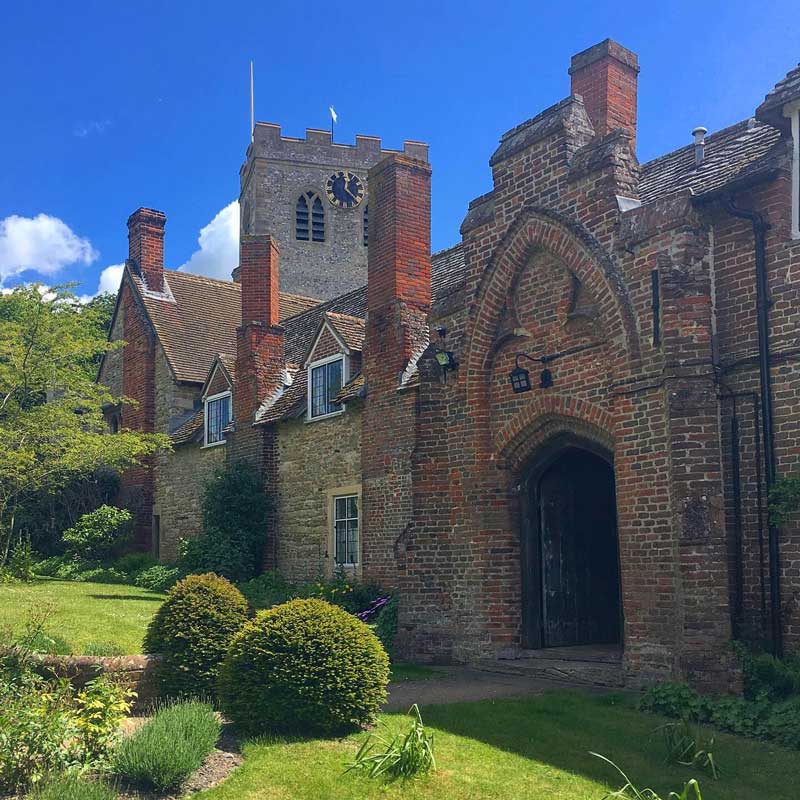


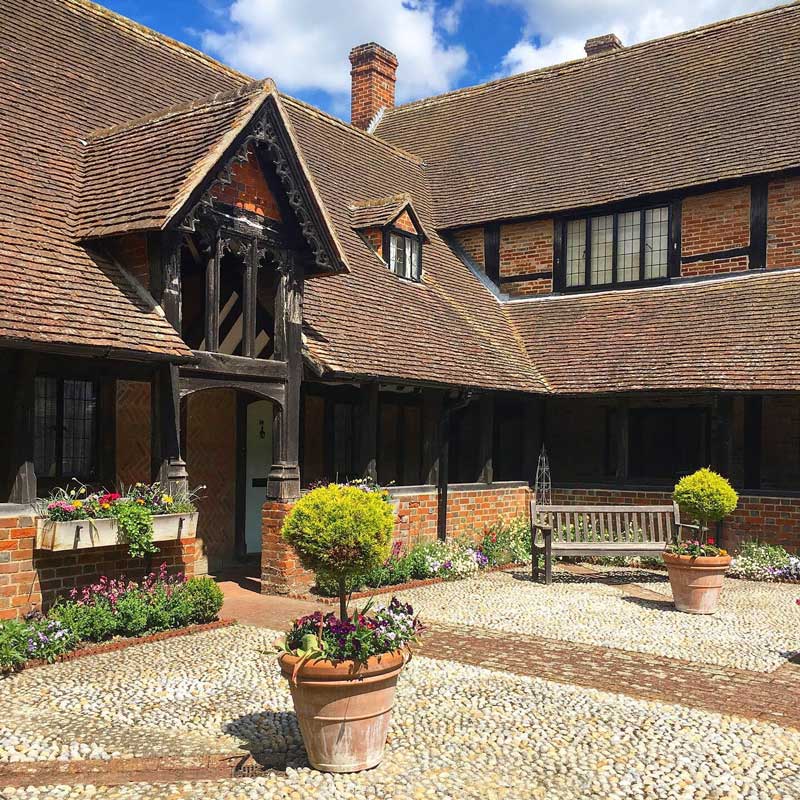
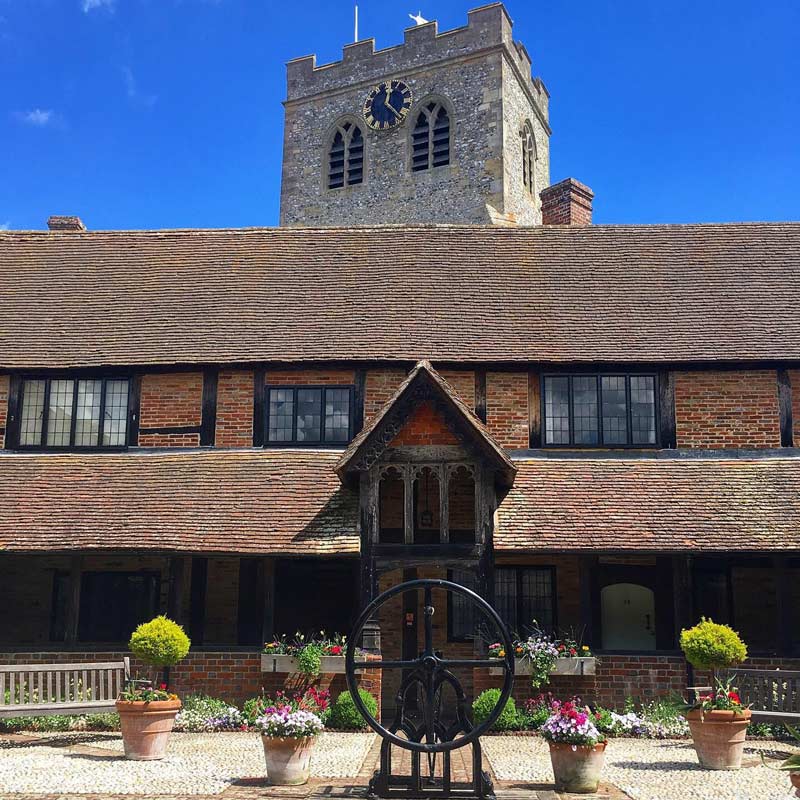
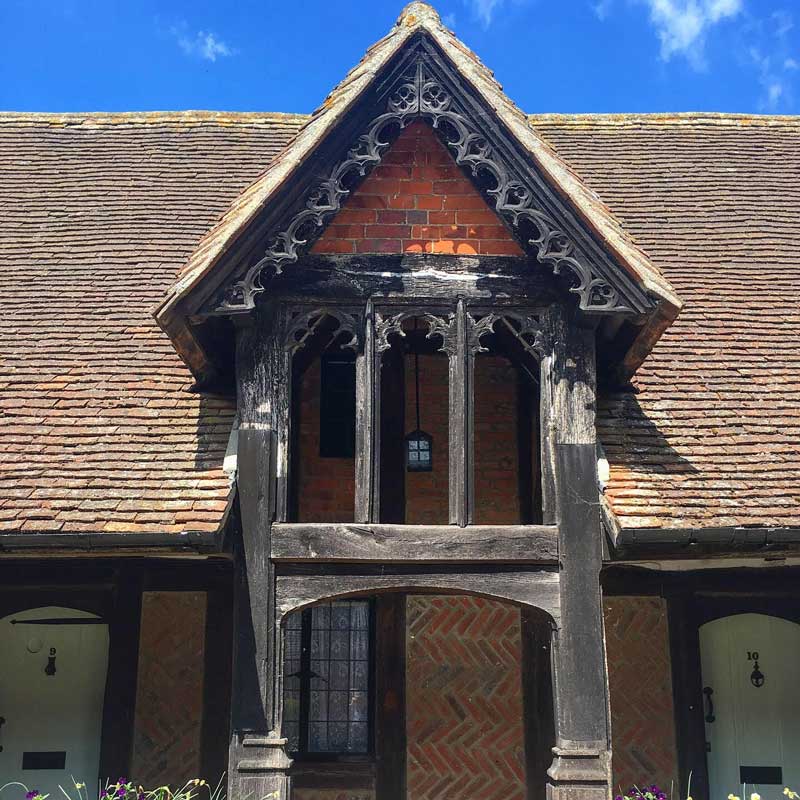

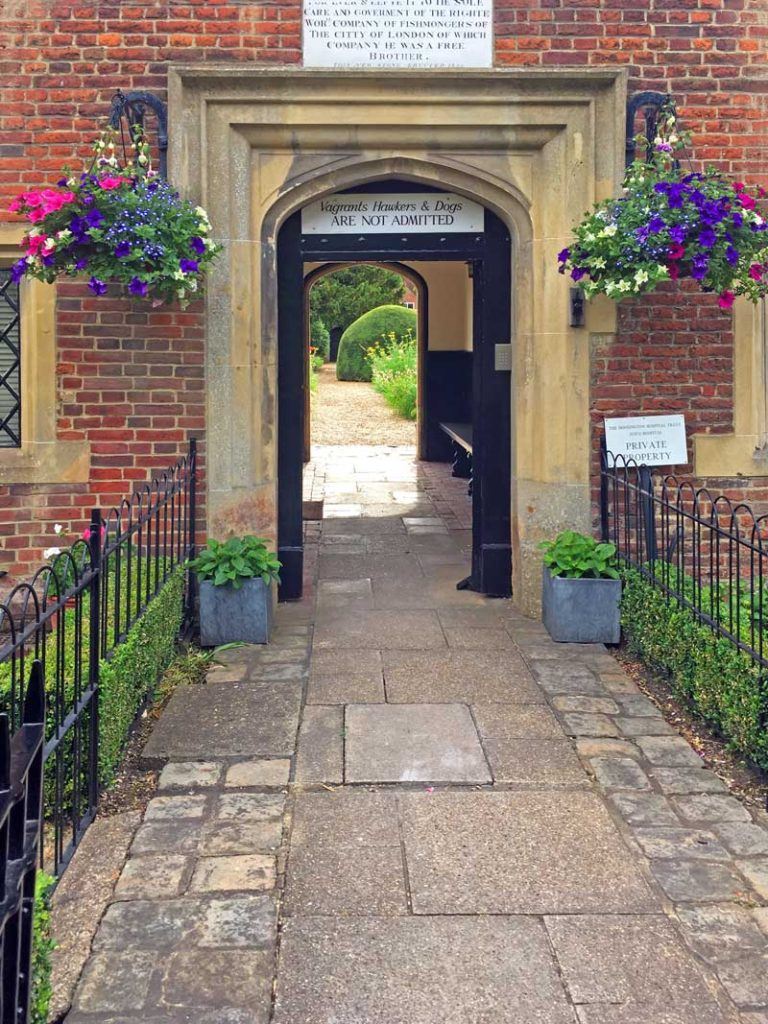
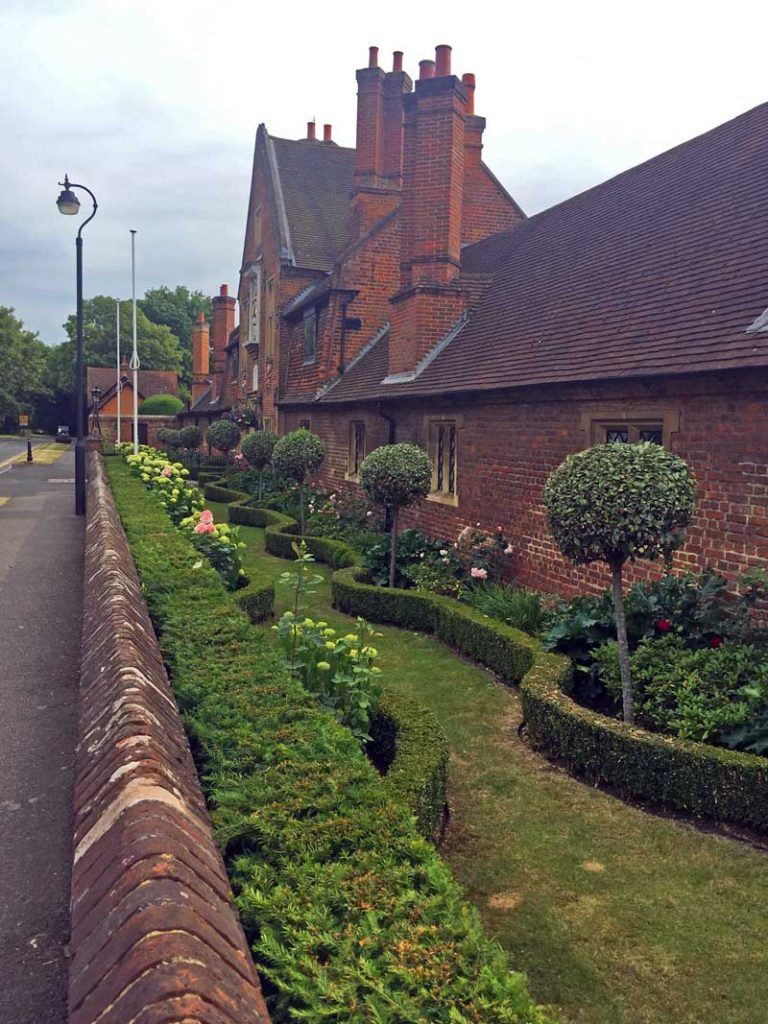
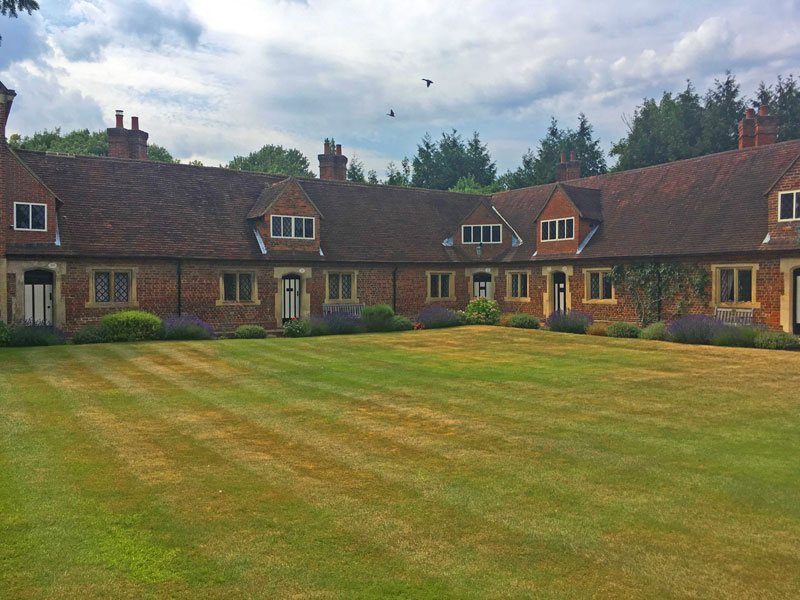

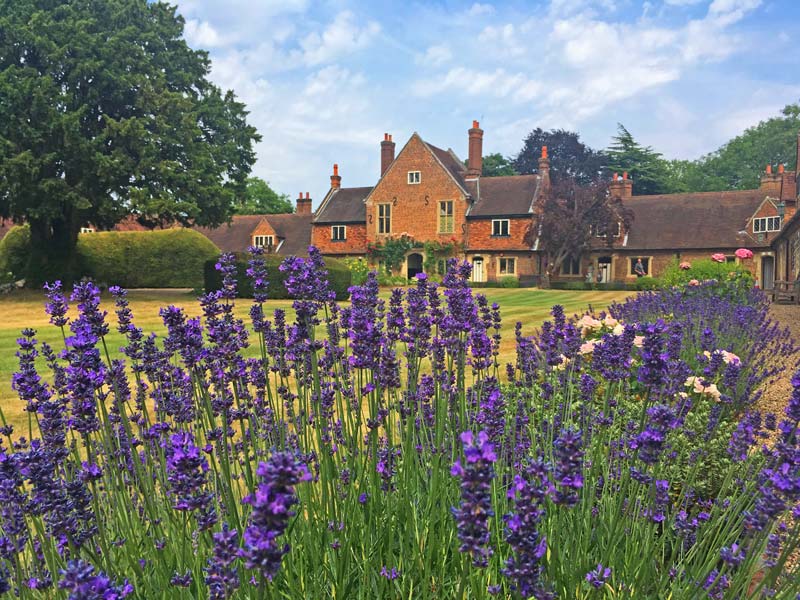

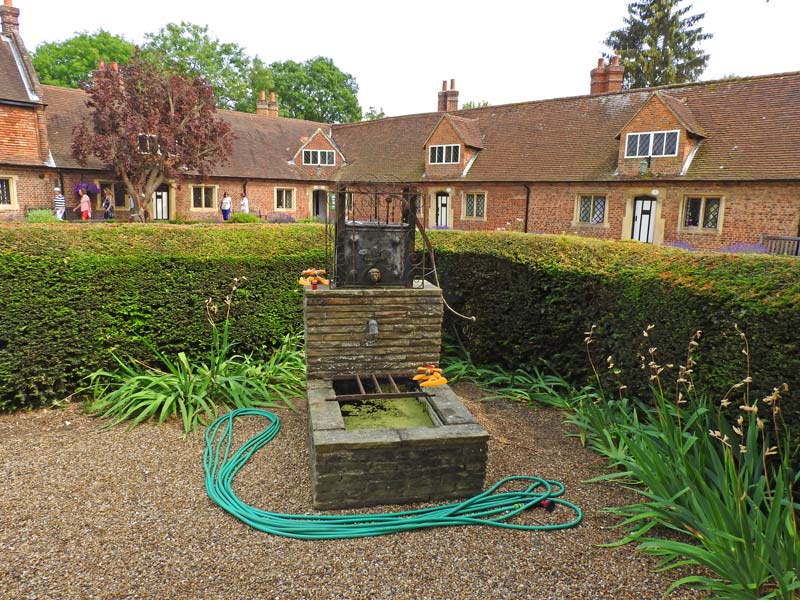
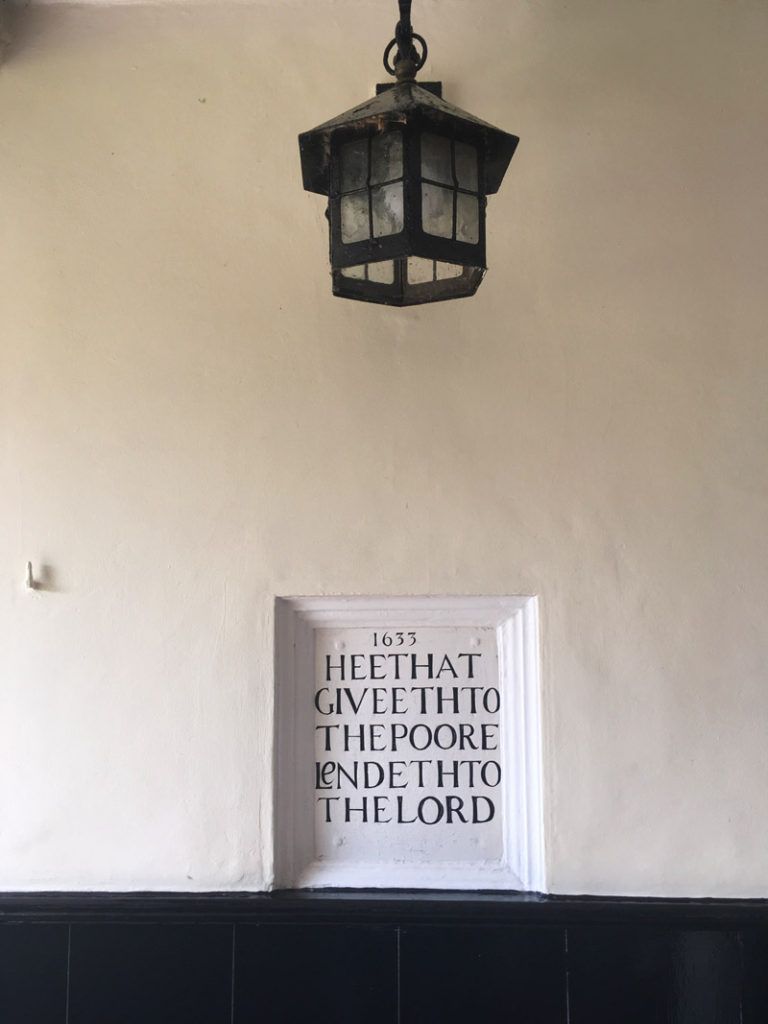
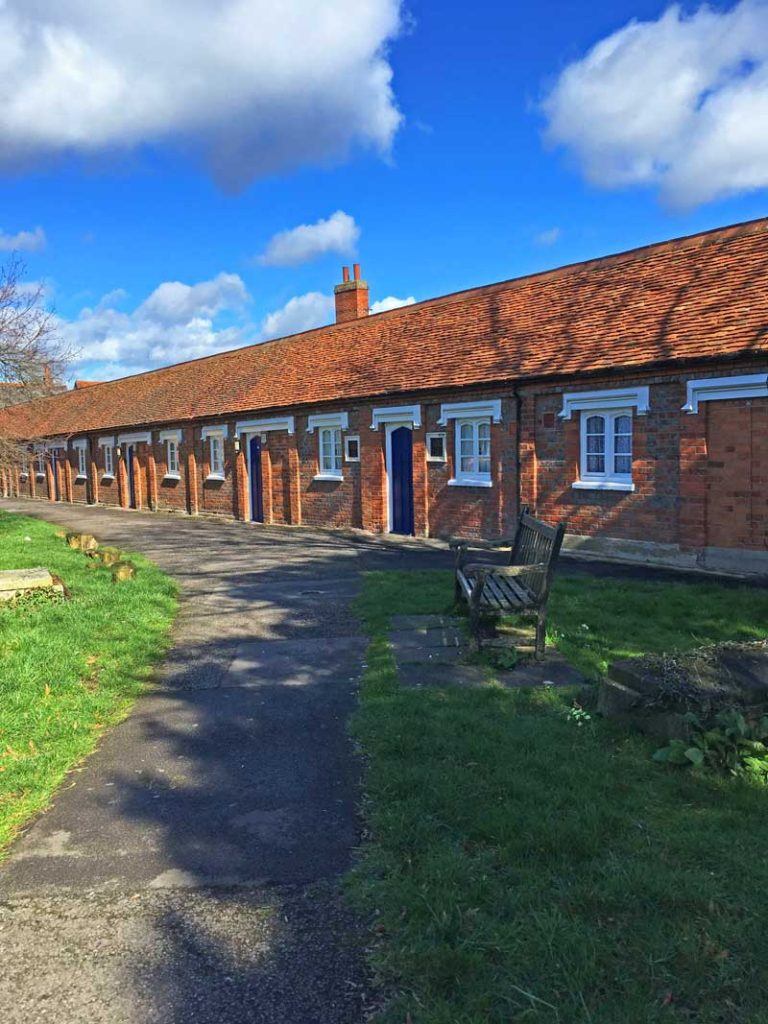
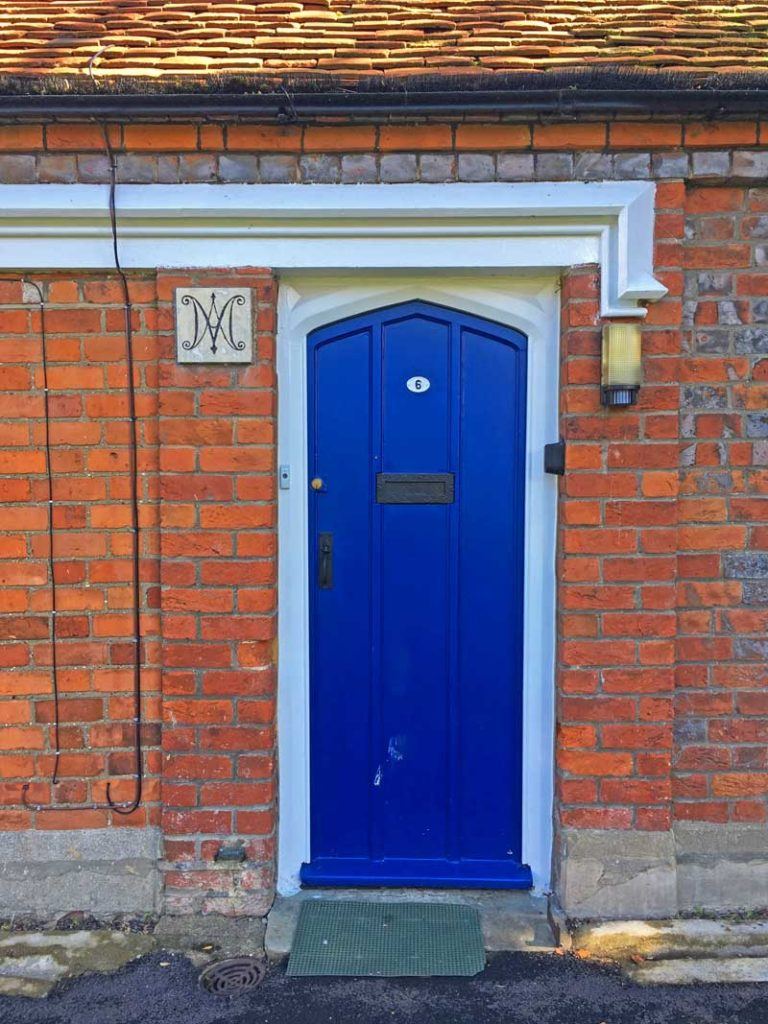
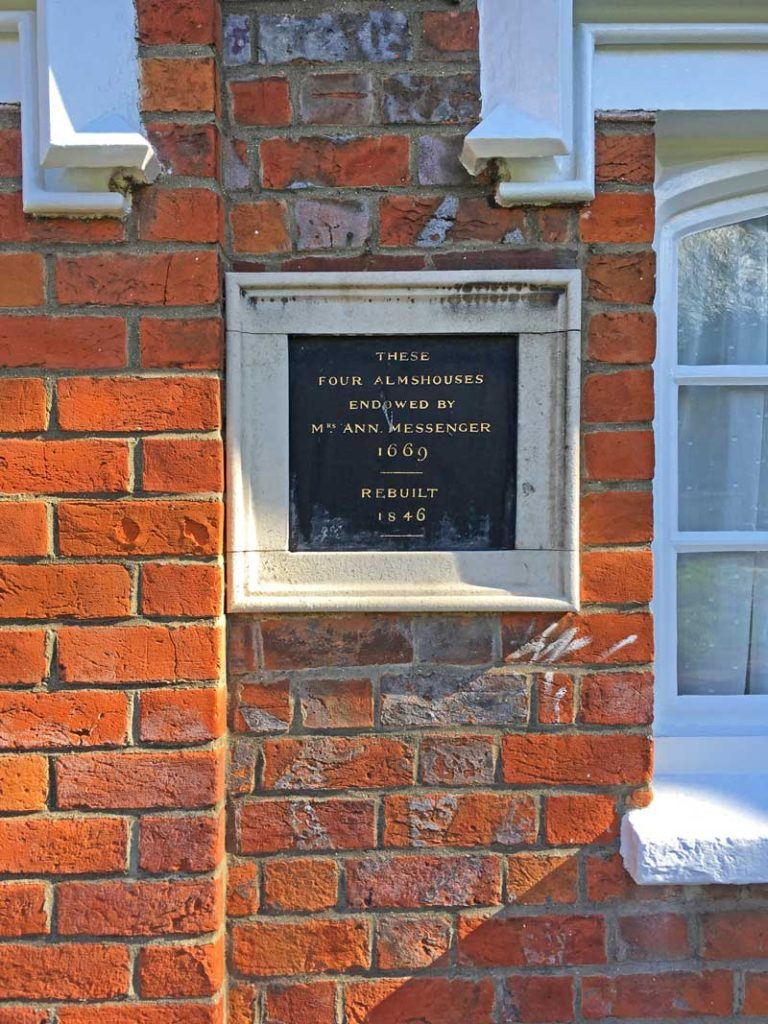
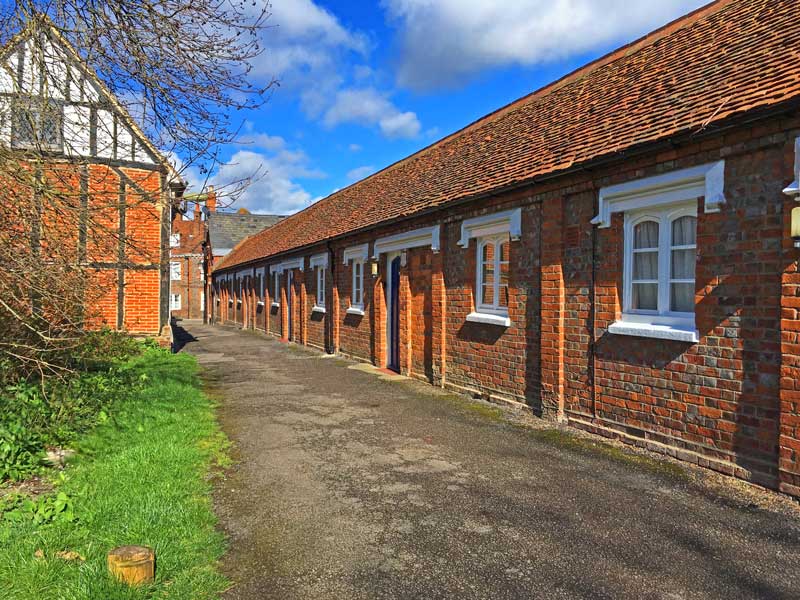
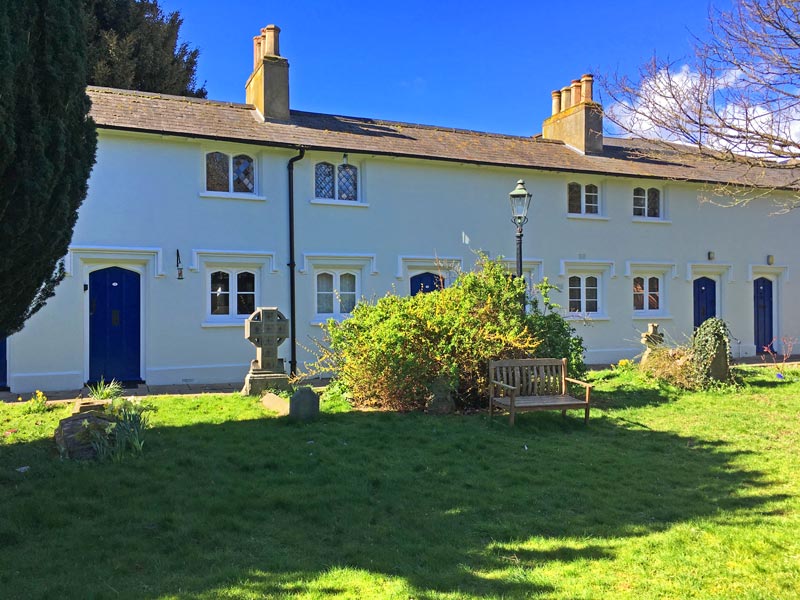
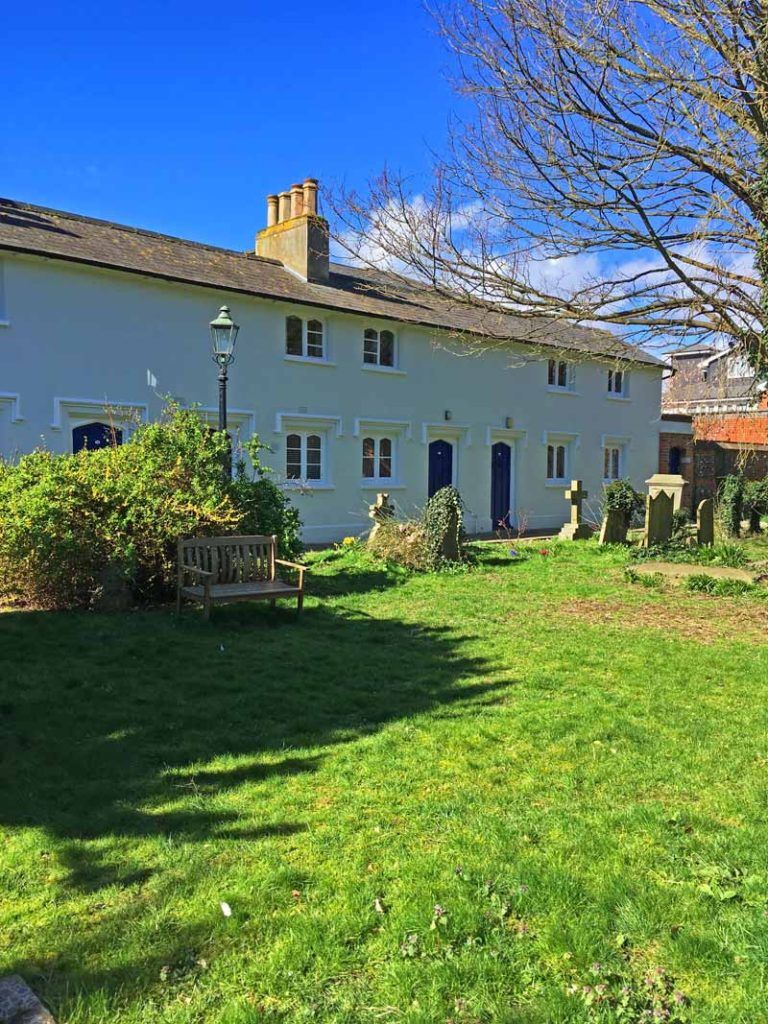

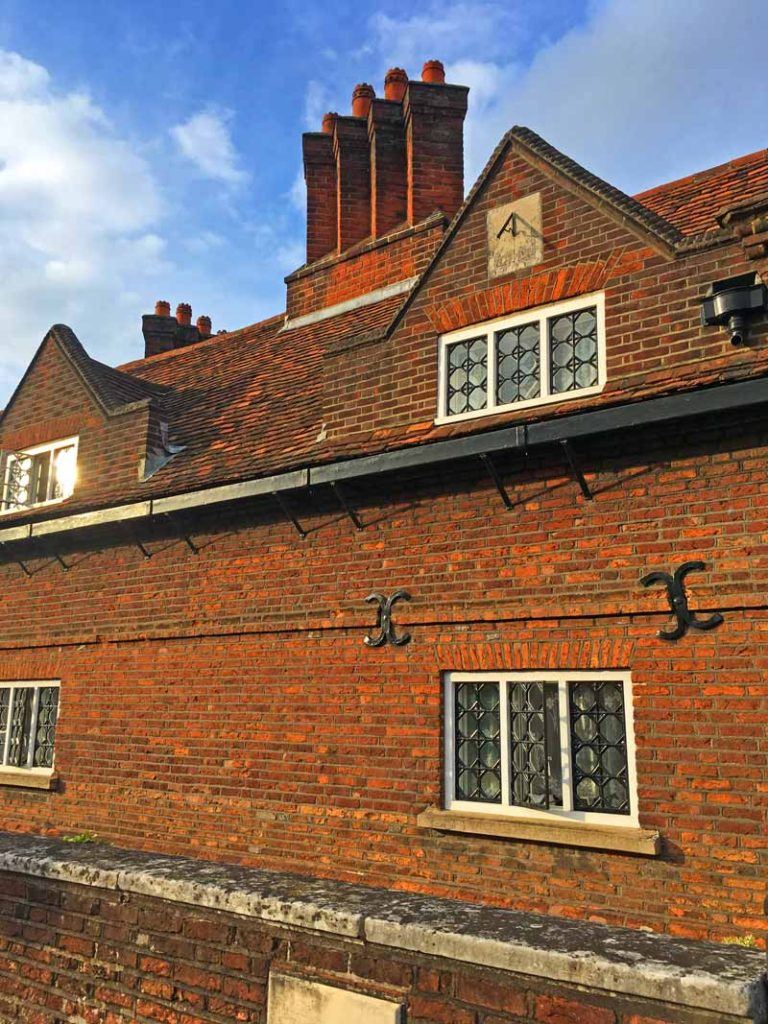
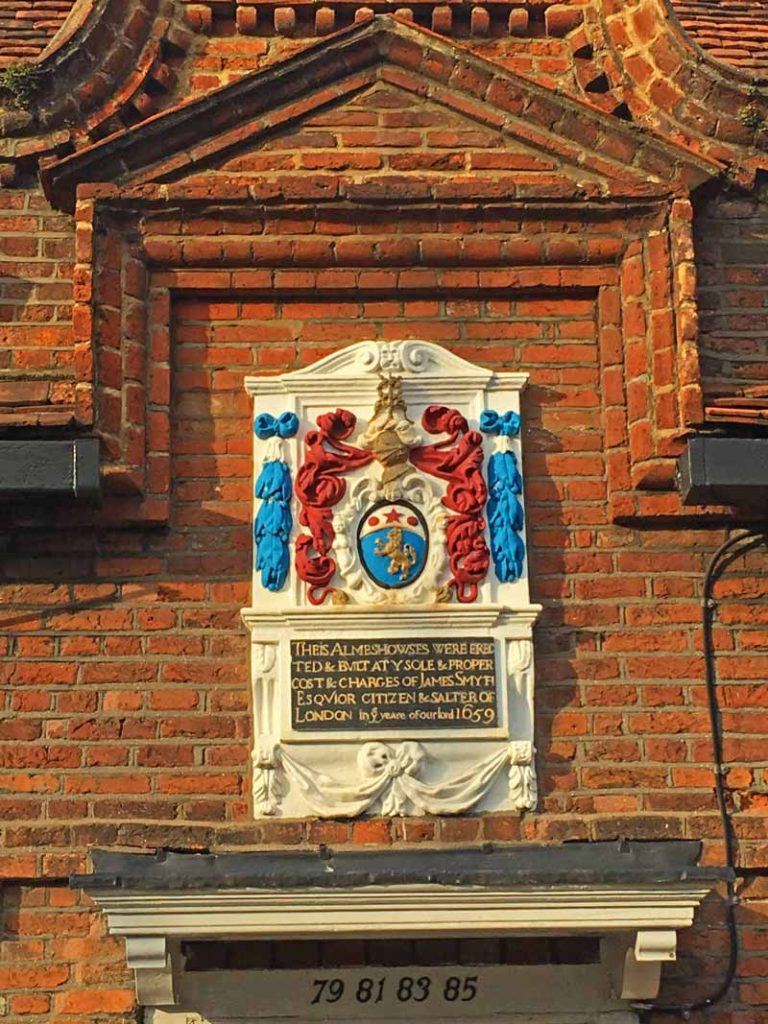
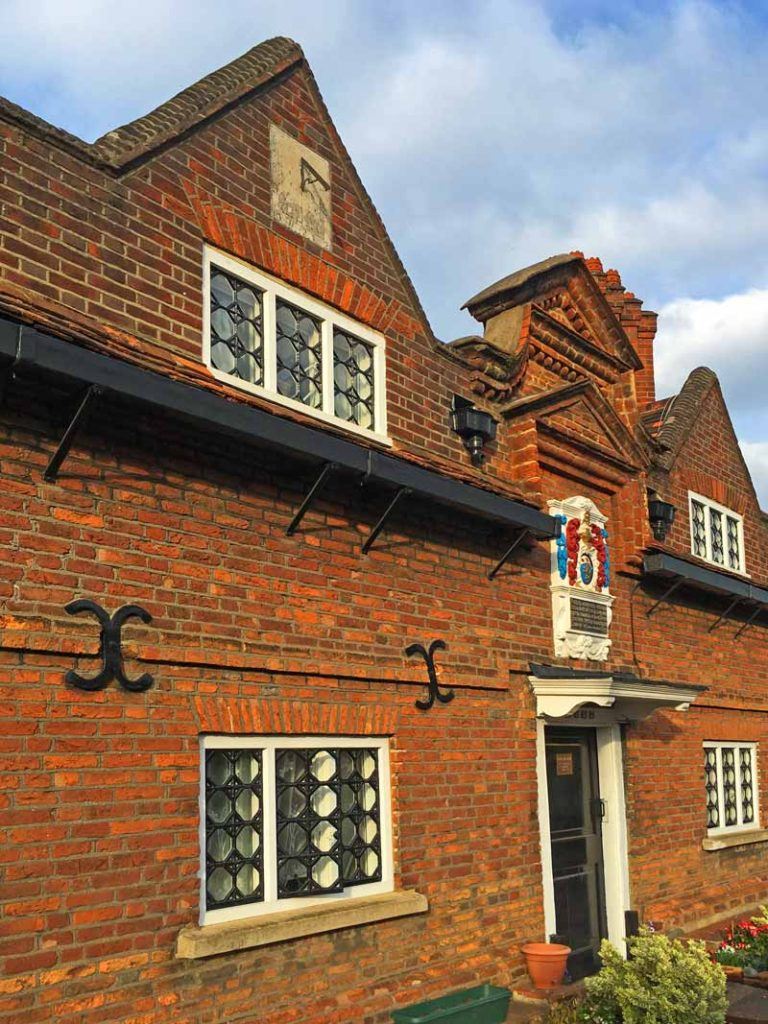

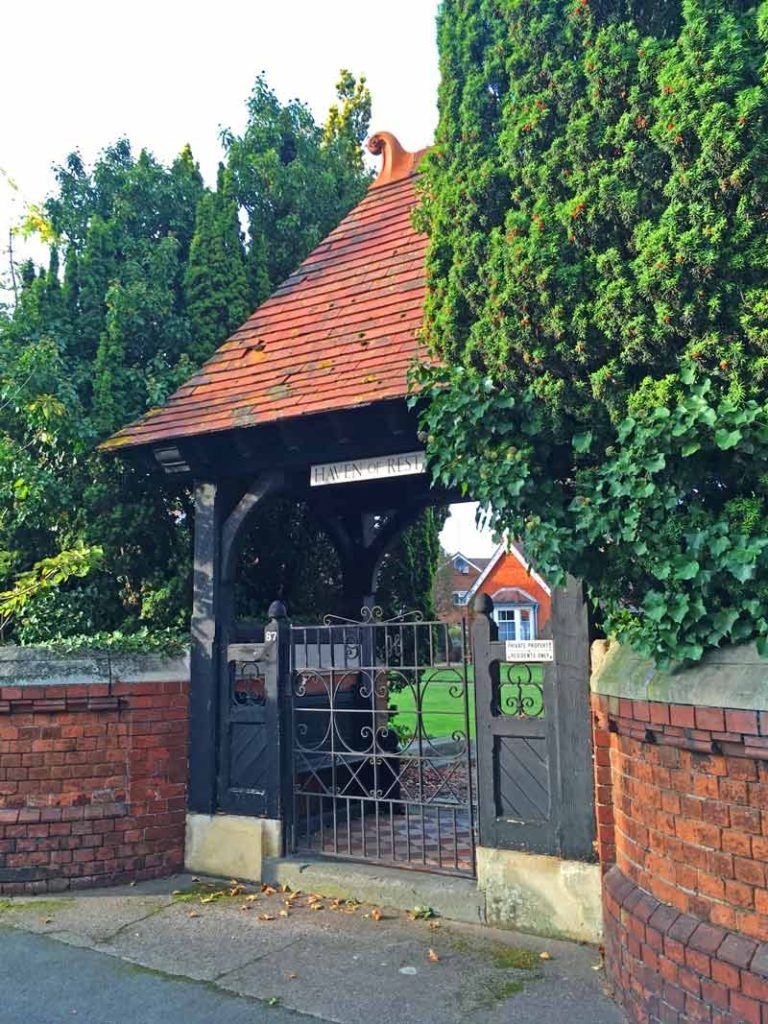
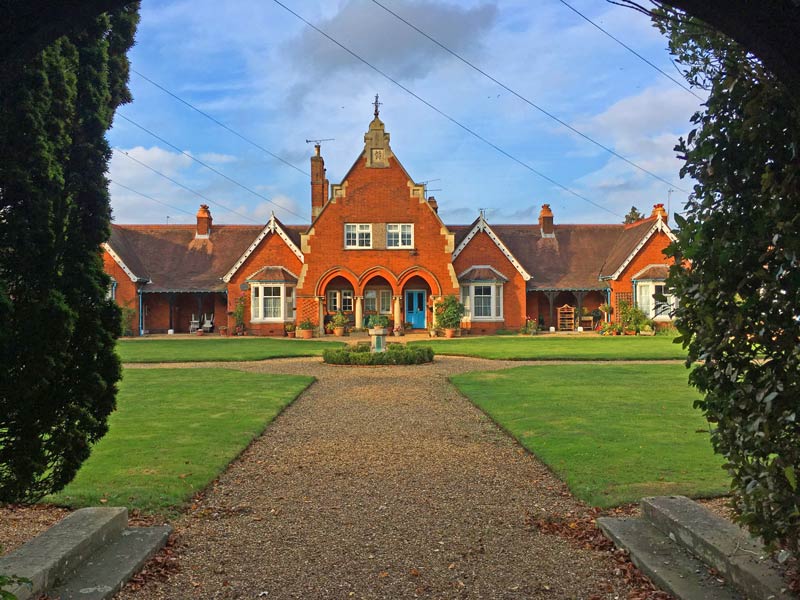
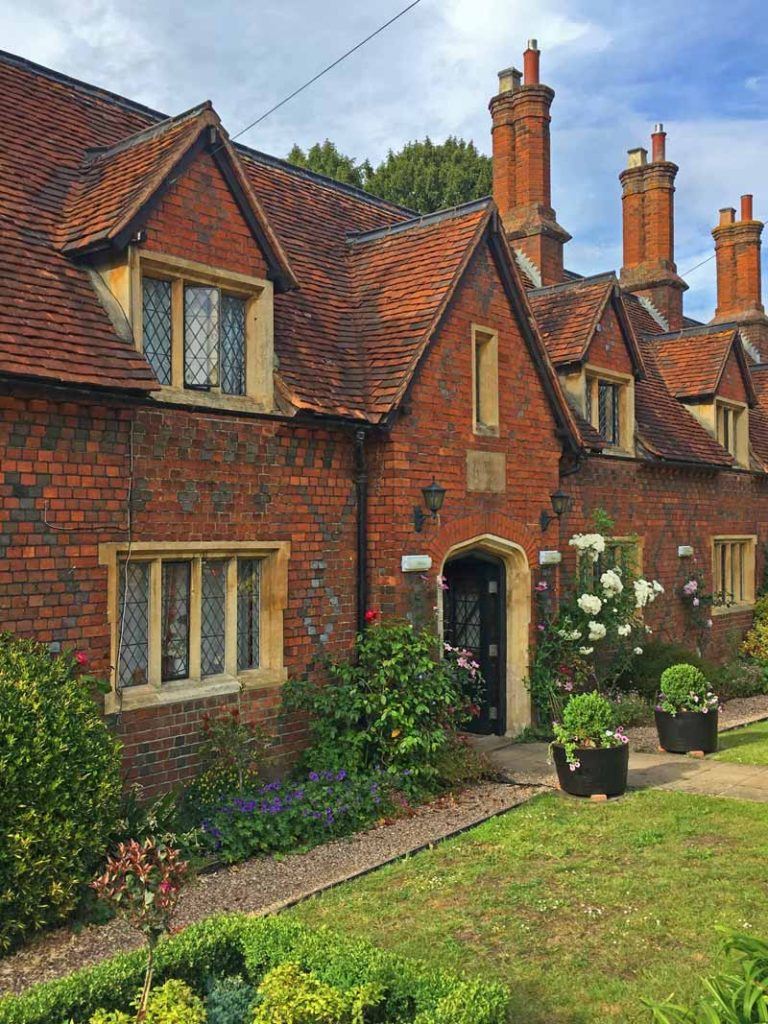
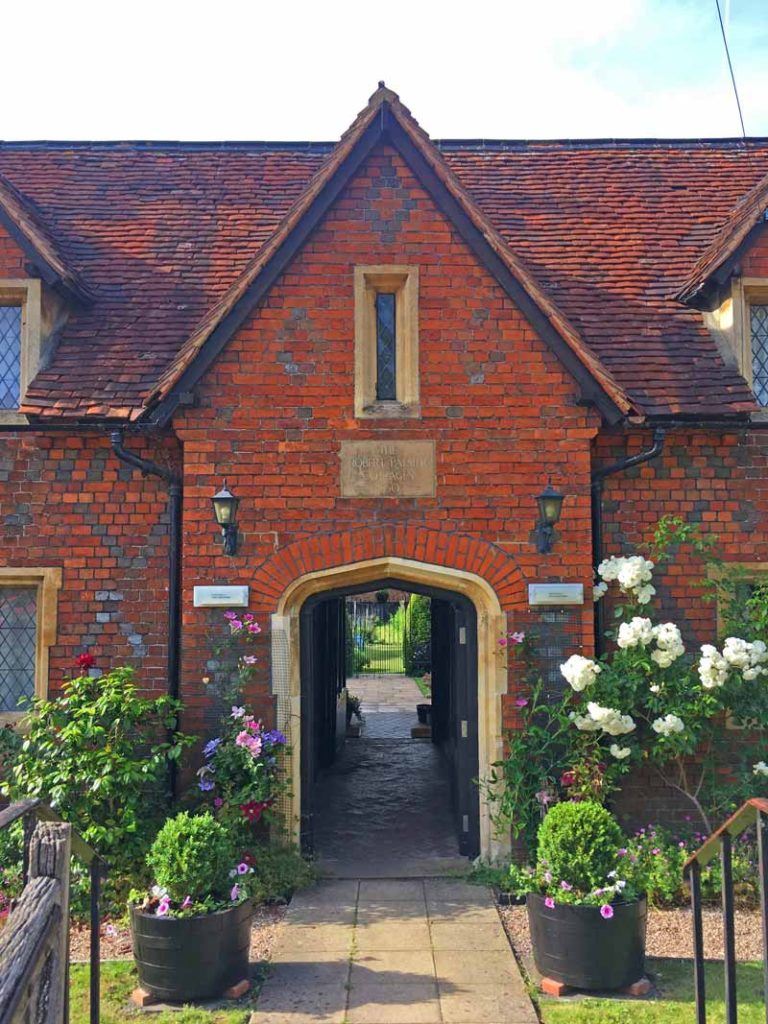
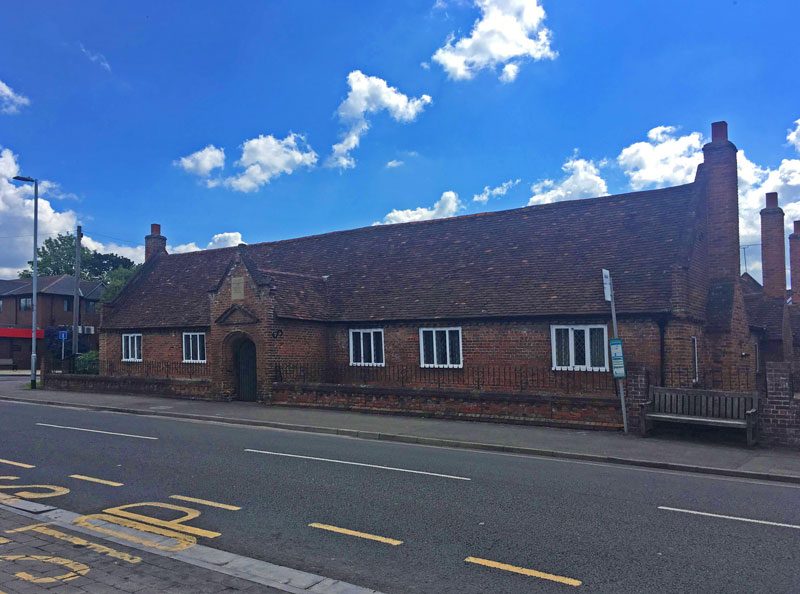
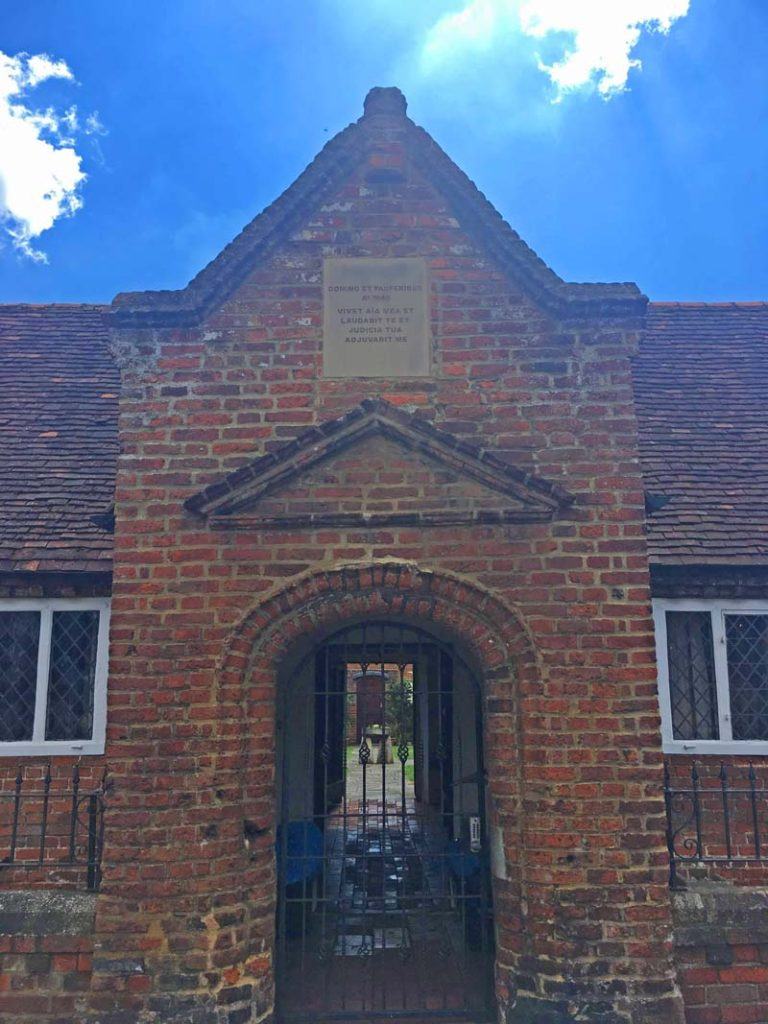

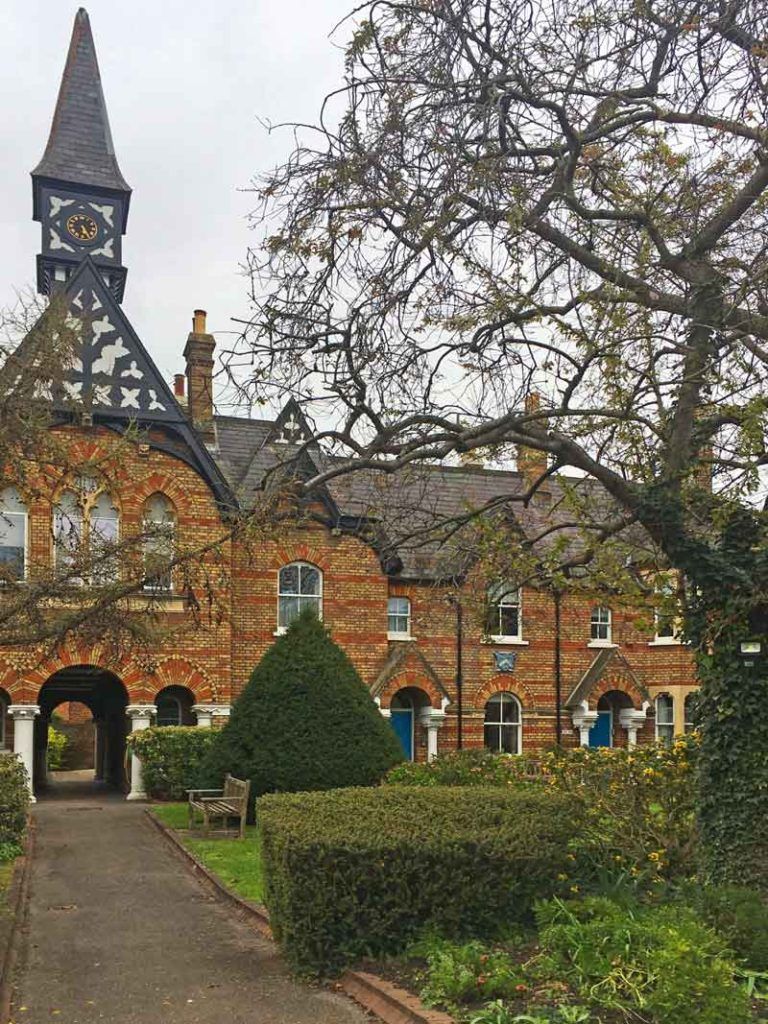



Comments (0)